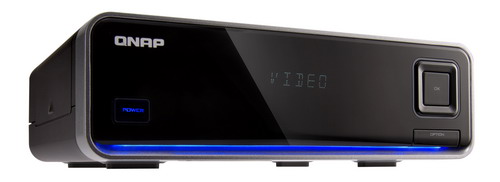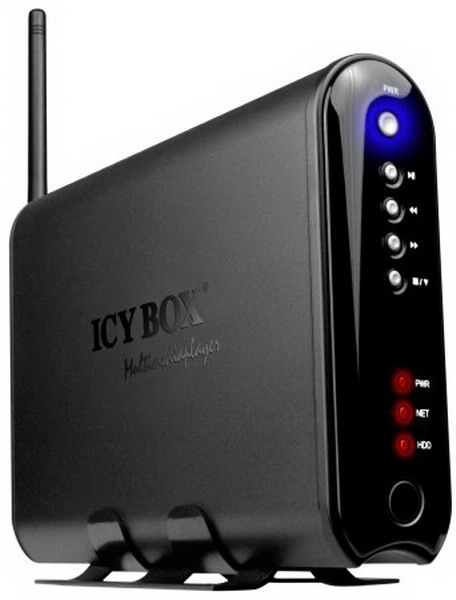Convenient multimedia 4
Network multimedia players are often equipped with a Wi-Fi interface for wireless data transfer around the apartment, which significantly saves time on laying a wired network
Game multimedia
Happy owners of modern gaming consoles can not only play exciting games with their help, but also use them to play multimedia content. So, the Sony PlayStation 3 console can be successfully used as a video player, both standard and high definition (up to 1920×1080). Movies can be watched from both Blu-ray and regular DVDs (for example, in DivX or MPEG-4 format), and you can also use the set-top box as a home media server client. The same applies to the main competitor of PS 3 – XboX 360 from Microsoft. This console supports video playback of the most popular formats (including the native Microsoft WMV), can work with Full HD and has several different ports (including HDMI) for connecting to a TV.

Projector pleasure
Another option for equipping a cozy cinema at home can be to use a projector instead of a TV. The advantages of this option are obvious: modern projectors not only support Full HD, but also have a sufficient margin of brightness and contrast to work even in a lit room and display a high-quality, bright and saturated picture. And the size of the image that can be displayed with their help cannot be compared even with the most “high-diagonal” TVs – the main thing is that there is a surface where to display it (the wall of the room is perfect for this, fortunately, the fashion for hanging carpets on them passes). Yes, and in computer games, the use of a projector promises a significant increase in the entertainment of the latter – imagine the same Crysis or CoD 4 not on a 22-24-inch monitor, but on a wall with an image diagonal of two or three meters.
With wires or without?
Most people when building a home media center are serious about choosing a player, storage device, etc., but don’t think about transportation at all. I mean the way data is transferred. After all, one way or another, we are just building a computer network and transmitting ordinary data over it. I will not burden you with calculations and formulas, but will try to describe typical tasks: when laying a wired network is necessary, and when you can get by with a wireless one.
First, let’s remember that Wi-Fi is 802.11g (54 Mb / s) and 802.11n (up to 600 Mb / s). There is also 802.11b, but it is already outdated and is found only in ancient devices. 802.11g can be considered the most common – and this speed is just not enough for video transmission. More precisely, the maximum that you can count on is DVD-Rip. If you already have an access point of this standard installed, it is best to hang a laptop and other mobile devices on it, and lay a wired network for the video player.

With 802.11n, theoretically, the throughput should be enough, but there are pitfalls here too. Firstly, devices that support speeds greater than 300 Mb / s are not yet in nature. Secondly, the radio signal is a capricious thing, and a microwave turned on behind the wall or a phone with Bluetooth turned on can drastically slow down, which will lead to brakes while watching a movie. Thirdly, the maximum speed can be achieved only with MIMO support enabled on the point and client, and only in the “clean” (without 802.11g client support) 802.11n mode on the access point. Fourthly, there are very few players with 802.11n support and the price for them is significantly higher than for wired counterparts.
In my opinion, the ideal option would be to build a mixed network: use a wired network to transmit video streams (it is very easy and inexpensive to increase up to 1 Gb / s), and leave Wi-Fi for streaming audio, Internet access from a laptop or communicator.
